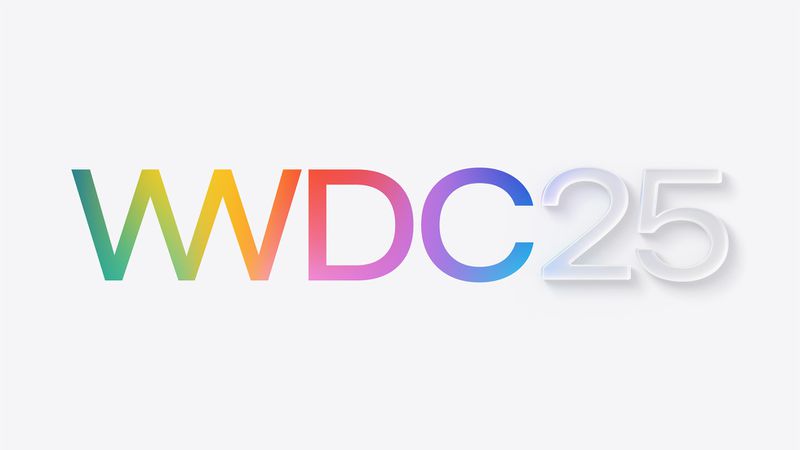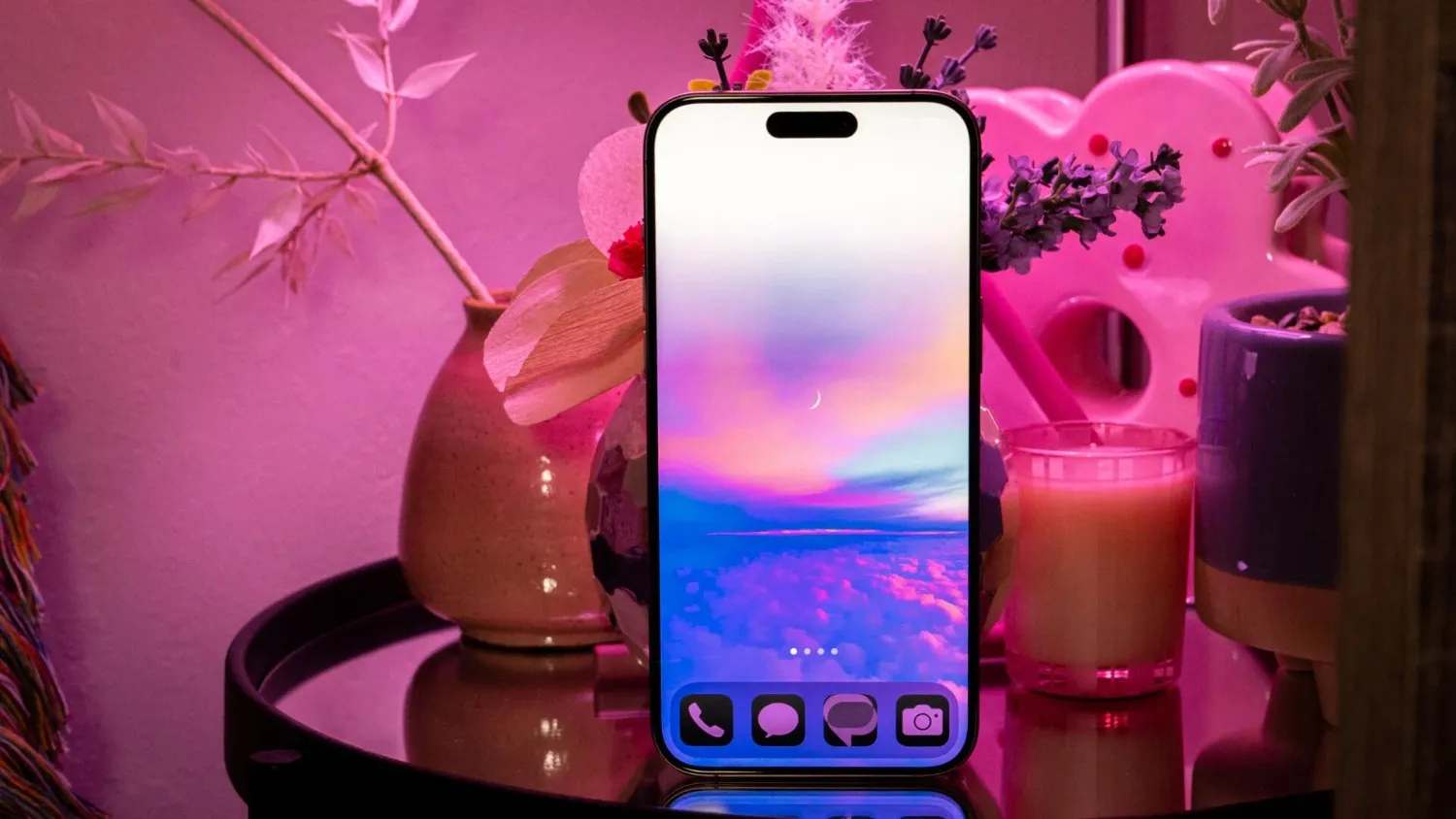Apple is planning to let developers use its own AI models in their apps, starting with iOS 18. According to a report from Bloomberg, Apple’s main goal is to offer powerful AI tools that work fast and keep user data private.
Developers will be able to access Apple’s on-device AI models through Xcode and other Apple development tools. These models can be used for different tasks, such as text generation, smart replies, or image editing. Because the AI runs directly on the device, it won’t need an internet connection to work, and personal data stays private.
Apple’s approach is different from companies like OpenAI and Google, which mostly use cloud-based AI. While Apple may still use cloud processing for some advanced features, the focus will be on making on-device AI strong enough for everyday use.
At WWDC 2024 in June, Apple is expected to share more details about its AI strategy. The update may include new features like AI-powered notifications, smart summaries, and improvements to Siri.
By giving developers access to its AI, Apple is aiming to help create smarter and more useful apps while keeping user privacy a top priority. This move could make iPhones and iPads even more helpful in daily tasks, without depending too much on external servers.





